Bio Oil For Face: Benefits, How To Apply, And Side Effects
Soothe your skin's flaws by massaging the mystical oil that everyone is talking about.
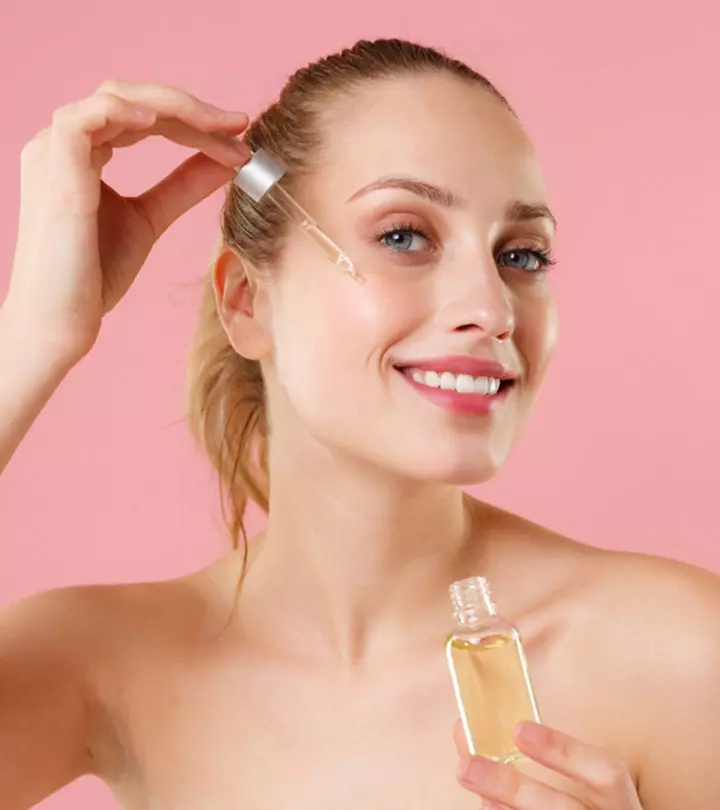
Image: Shutterstock
Bio-oil is becoming a popular product to take care of your facial skin. Using bio-oil for the face helps to keep it moisturized and minimize wrinkles and dark spots. But, how effective is bio-oil? Is it beneficial for your skin? What are some bio-oil uses?
If you wish to use bio-oil on your face, you may find all your doubts cleared in this article. Read on to learn the benefits of bio-oil on skin health, how to use it, risks, and more.
In This Article
What Is Bio-Oil?
Bio-Oil is a vitamin-rich cosmetic oil that is good for your skin.
Interestingly, Bio Oil is the name used for both the product and its manufacturer. It is mainly used to reduce the appearance of stretch marks, scars, and hyperpigmentation on the body.
According to an online survey of 1,495 Americans, it was seen that 28% of the participants liked this product. It was further seen that 29% of men and 27% of women liked bio-oil. Further, bio-oil was liked by 49% of millennials, 22% of Gen X, and 14% of baby boomers.
Bio oil can be used as a face moisturizer and is said to aid hydration, improve skin complexion (by reducing uneven skin tones), reduce wrinkles, boost anti-aging benefits, and lighten dark spots. It may also promote skin rejuvenation by giving your skin the nourishment it needs.
Candice, an Australian blogger, shared about her habit of picking her face, which often leads to red and irritated skin. One day, she decided to use bio-oil for it, and records her experience in a post, “I went to bed feeling like a greasy mess and woke up with the best skin I had ever experienced! It was honestly like some expensive intensive skin treatment because I felt so healed the next day (i)!”
The perceived uses of Bio-Oil on the face are derived from the product’s long list of ingredients. It claims to include the following:
- Vitamin E
- Vitamin A
- Tocopherol
- Rosemary oil
- Lavender oil
- Calendula oil
- Chamomile oil
- Linalool
Each of these ingredients has several hydrating properties and other components required to clear up your face.
 Trivia
TriviaNow that you know what Bio-Oil is, let us discuss whether you can apply it to your face.
Key Takeaways
- Bio-oil contains skin-beneficial ingredients like vitamins A and E, rosemary oil, and lavender oil.
- Using it daily is said to reduce dark spots, wrinkles, scars, and oily skin.
- Bio-oil contains linalool, which may cause an allergic reaction in some people.
Can You Use Bio-Oil On Your Face?
For the most part, you can put Bio-Oil on your face. However, do note that this product consists of several essential oils. Therefore, it is advised that you read the ingredients before applying the oil to your face.
If you are unsure of your allergies, we recommend first conducting a patch test on your wrist. To do this, apply a few drops of the liquid to your wrist and leave it on for a minimum of 24 hours. Then, check your wrist for any sign of a rash, redness, or any other type of negative reaction. If your skin remains clear, it means that you are not allergic to Bio-oil and can use it on your face.
Next, let us talk about why people use Bio-Oil to solve skin issues on their faces.
Benefits Of Using Bio-Oil On Your Face
Bio-oil may offer a host of benefits, especially when used on the face. The major ones are as follows:
1. Bio-Oil For Dark Spots On The Face


Bio-Oil may be used to treat hyperpigmentation. Anecdotal evidence shows that the product can minimize dark spots caused due to genetics as well as overexposure to the sun’s harmful ultraviolet (UVA and UVB) rays. However, there is not enough scientific evidence to back this claim.
2. Bio-Oil For Oily Skin

While more research is required to prove this, Bio-Oil may be good for oily skin. For the most part, oily skin is caused due to the overproduction of sebum in response to the lack of natural oils. Applying a touch of Bio-Oil to your skin can replenish the face’s natural oils and prevent the production and build-up of sebum. However, if your skin is very oily, Bio-Oil might feel heavy or greasy. You should prefer gel or serum-based products.
3. Bio-Oil For Face Wrinkles

The presence of vitamin A in Bio-Oil makes it a popular treatment option for wrinkles. This ingredient is credited with the ability to soften the skin and enhance cell turnover both of which are required to minimize wrinkles.
In addition to this, Bio-Oil is made up of several plant-based oils known for their hydrating properties. This may plump up the skin and prevent the formation of wrinkles. However, more research is required to formally support this benefit.
4. Bio-Oil For Scars On The Face
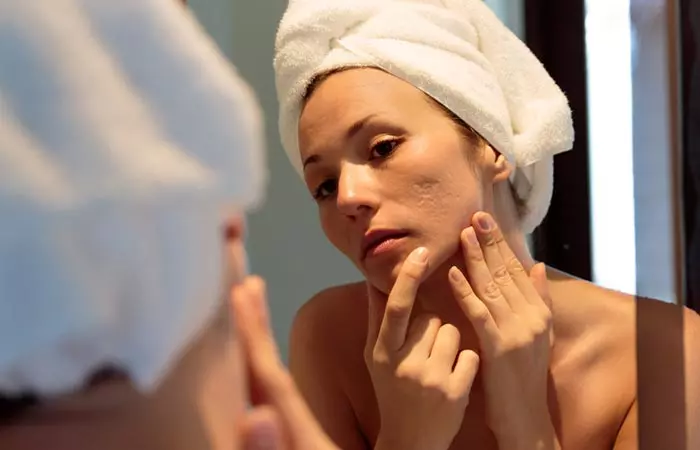
Interestingly, Bio-Oil can improve the appearance of scars on your face. Since it is rich in oleic and linoleic acids, it can speed up the healing process of scars and leave your skin feeling soft. Research shows that Bio-Oil can reduce the visibility of scars and stretch marks (1).
5. Bio-Oil For Acne Scars On The Face

Bio-Oil can be used to heal scarring on acne-prone skin. It is often used to treat fresh acne scars, but it is unlikely to lighten old acne scars.
The presence of vitamin A is said to speed up the rate of cell turnover and result in younger, clearer skin. However, more research is required regarding the use of Bio-Oil for acne scars.
Bio-Oil is generally considered safe to use on the face. However, this product can cause some side effects. Read the next segment to find out what they are.
Side Effects Of Applying Bio-Oil To Your Face
As with any cosmetic or facial oil, several side effects can occur due to the use of Bio-Oil on the face. They are as follows:
- Applying Bio-Oil on any cuts, scars, or bleeding wounds on the face can result in a burning sensation. It may even worsen the wound.
- Most of the ingredients present in Bio-Oil are not edible and may poison the individual if consumed.
- Bio-Oil contains a natural ingredient known as linalool which gives it its distinct fragrance. This ingredient is a known allergen and can trigger an allergic reaction in certain people (2).
- Finally, Bio-Oil contains several essential oils. While they are not generally harmful, essential oils can trigger an adverse reaction if you have sensitive skin. Therefore, as mentioned before, you should conduct a patch test before using Bio-Oil on your face.
- You should avoid using Bio-Oil during pregnancy as it has a mild variant of retinoids.
- It may cause excessive greasiness for oily skin types.
Typically, the advantages of using Bio-Oil on the face outweigh its side effects. That said, these benefits are greatly dependent on how you apply the product. Read the next section to find out how to get the best results.
How Do You Apply Bio-Oil On Your Face?
Remember that Bio-Oil hydrates and moisturizes your face, so you should include it in your beauty and skin care routine. Make sure you apply this liquid in the following way:
- Start by cleansing and washing your face. This will ensure that all the dust and grime are removed from your pores.
- Gently pat your face dry with a soft towel.
- Once done, apply your regular face cream and massage it in.
- Next, take a few drops of the Bio-Oil on your fingertips and gently dab it into your face. Make sure to apply the same to your cheeks, forehead, nose, and chin.
For quick results, we recommend using this product at least twice a day, once in the morning and once at night. Ensure you religiously use the product for 3-4 months to see visible improvements in skin texture and overall appearance.
 Quick Tip
Quick TipInfographic: How To Apply Bio-Oil And Its Most Common Uses
Bio-Oil is commonly used to reduce the visibility of stretch marks and scars. But nowadays, it is also used for the face as it has many skin-loving ingredients. Check out the infographic below to learn about the most common uses of Bio-Oil for the face and how to apply it.
Some thing wrong with infographic shortcode. please verify shortcode syntaxBio-oil is a cosmetic product used to minimize the appearance of stretch marks, hyperpigmentation, and scars. This oil contains many skin-loving ingredients like vitamin E, vitamin A, linalool, tocopherol, lavender, rosemary, calendula, and chamomile oil. You may use bio-oil for face issues like dark spots, wrinkles, and acne scars. Though considered safe, it may cause some side effects like a burning sensation and allergic reactions in certain people. Therefore, it is best to do a patch test before applying it to the affected area, then add it to your skincare regime.
Frequently Asked Questions
Does Bio-Oil make skin darker?
No. Bio-Oil does not contain any chemical to make skin darker.
Can Bio-Oil treat pimples?
No. Bio-Oil may not help treat pimples as it is formulated to reduce scars. But it is non-comedogenic, meaning it won’t clog pores, making it less likely to cause acne breakouts.
Is Bio-Oil good for under-eye dark circles?
Some people believe that using Bio-Oil can help calm tired eyes and fade dark circles. However, there is no evidence to support this statement.
Illustration: Bio Oil For Face: Benefits, How To Apply, And Side Effects

Image: Dall·E/StyleCraze Design Team
Say goodbye to stretch marks and acne with the transformative power of bio oil! Check out this video to learn how to utilize the oil for a flawless complexion on your face and body.
Personal Experience: Source
StyleCraze's articles are interwoven with authentic personal narratives that provide depth and resonance to our content. Below are the sources of the personal accounts referenced in this article.
i. What I think of Bio Oil 6 months down the trackhttps://candiceyoureview.blogspot.com/2015/01/what-i-think-of-bio-oil-6-months-down.html
References
Articles on StyleCraze are backed by verified information from peer-reviewed and academic research papers, reputed organizations, research institutions, and medical associations to ensure accuracy and relevance. Read our editorial policy to learn more.
- Observer-blind randomized controlled study of a cosmetic blend of safflower, olive and other plant oils in the improvement of scar and striae appearance,
https://pubmed.ncbi.nlm.nih.gov/29094366/ - Oxidized limonene and oxidized linalool – concomitant contact allergy to common fragrance terpenes,
https://pubmed.ncbi.nlm.nih.gov/26918793/
Read full bio of Dr. Surbhi Mahajan
Read full bio of Arshiya Syeda
Read full bio of Ramona Sinha
Read full bio of Swathi E









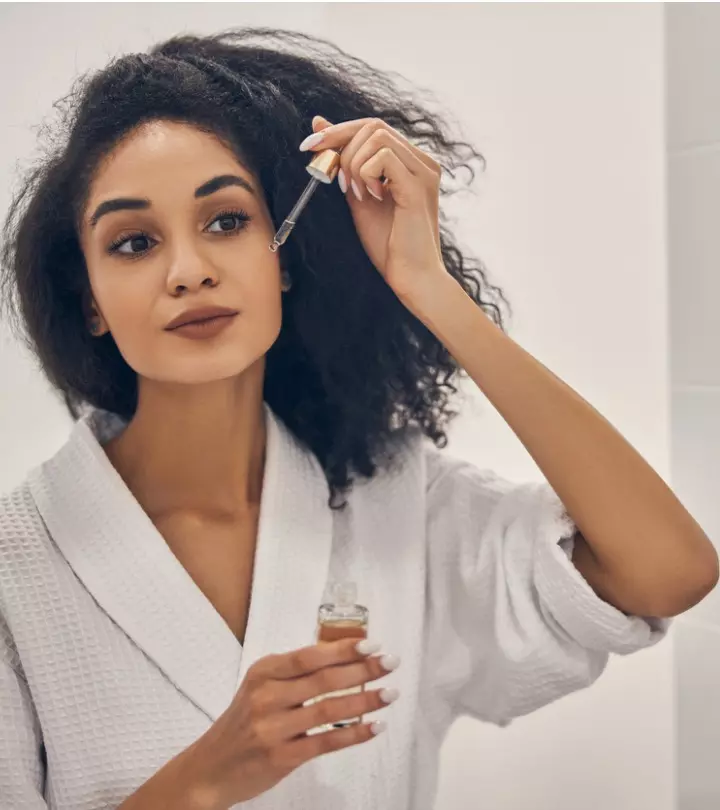
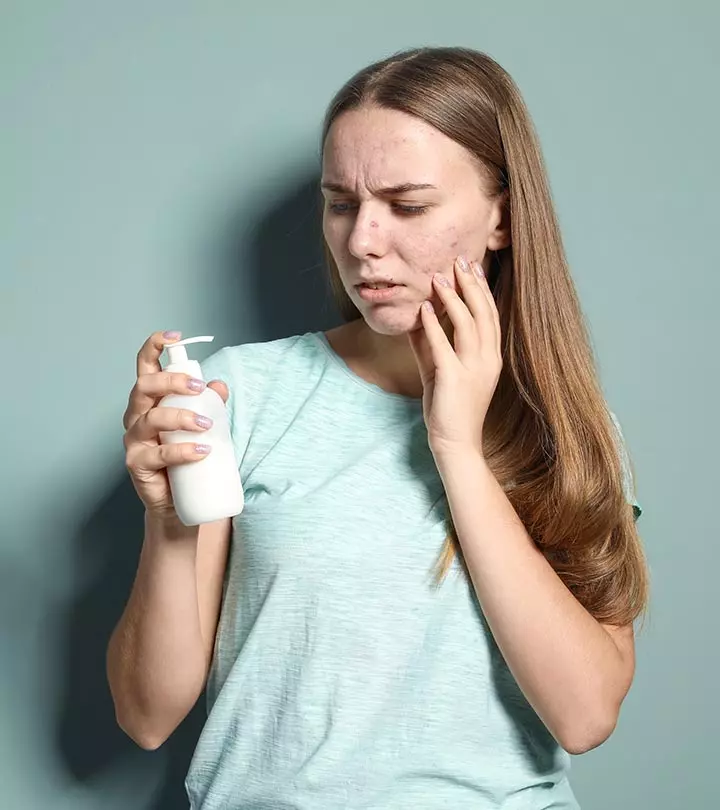
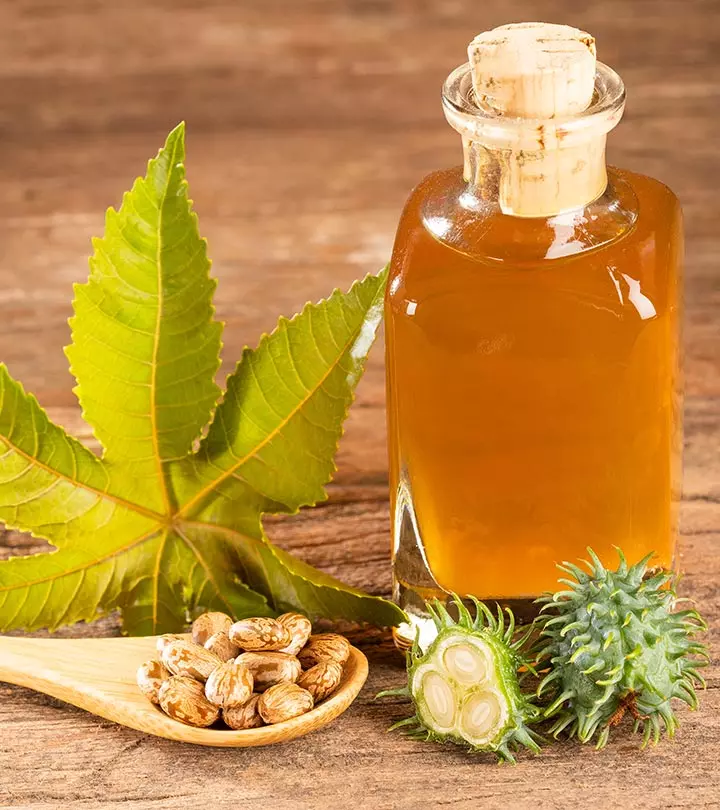
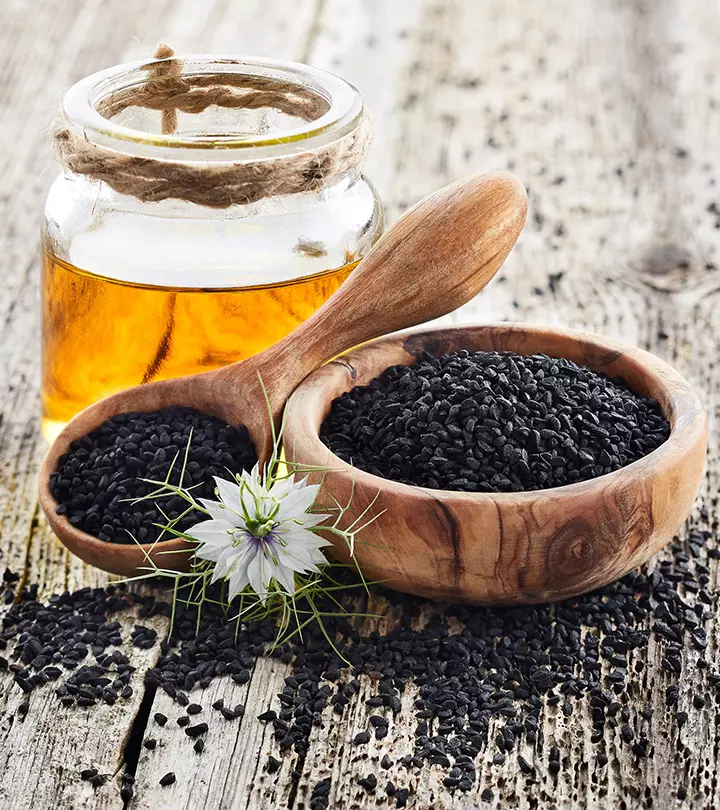


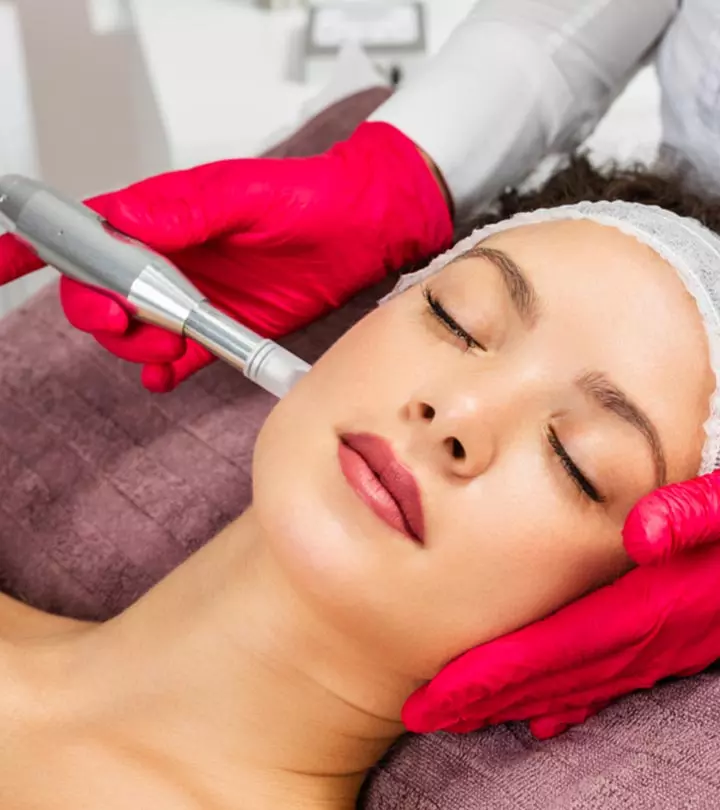
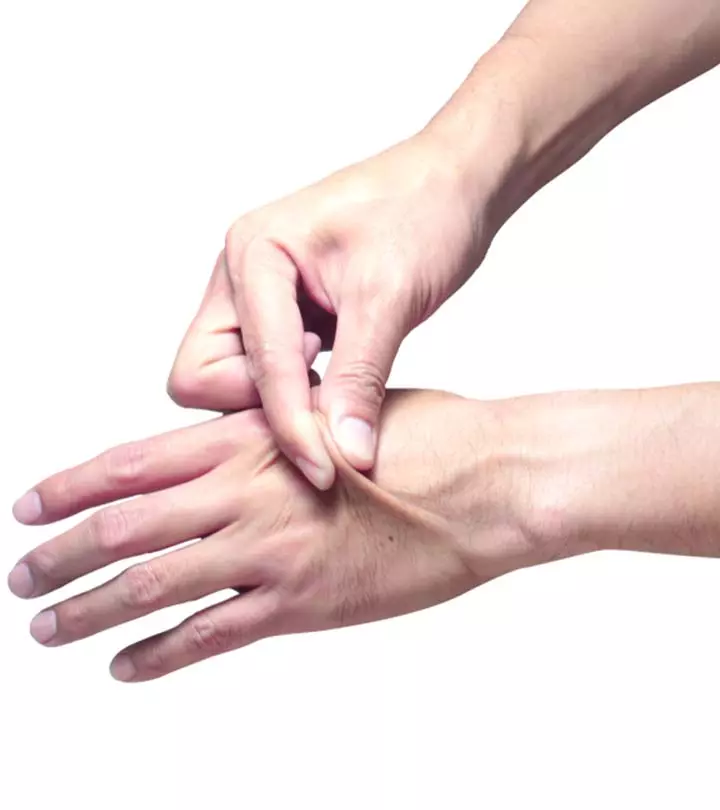


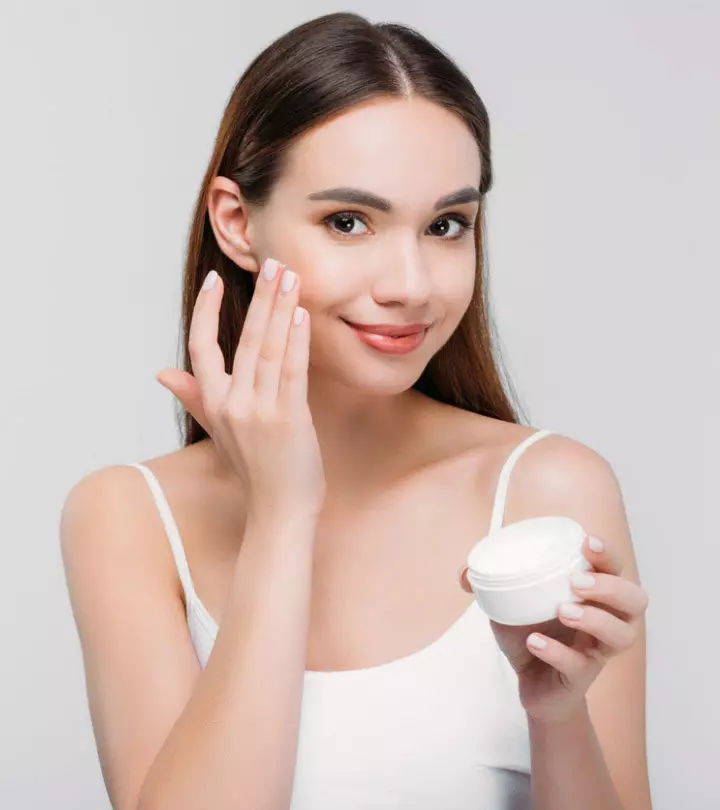

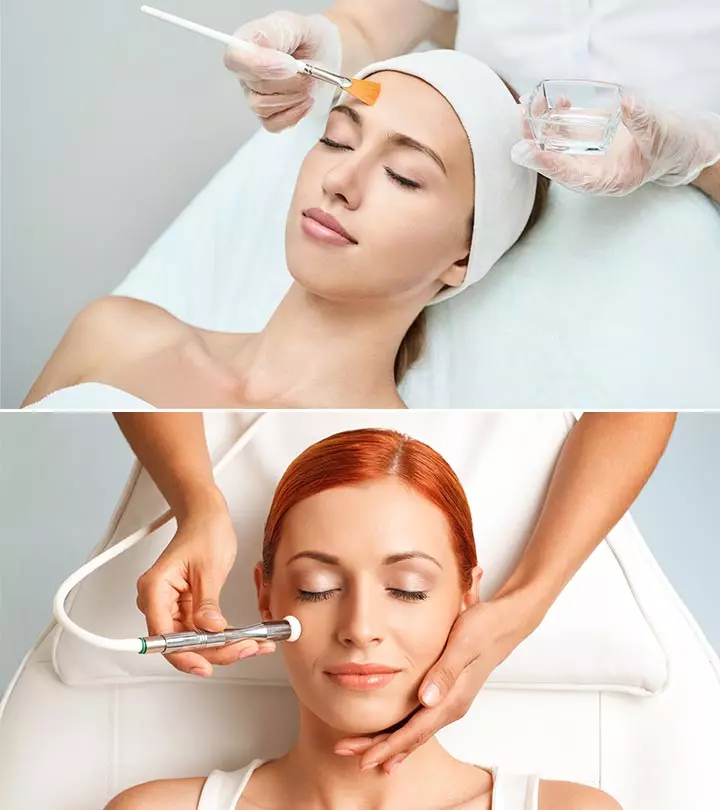
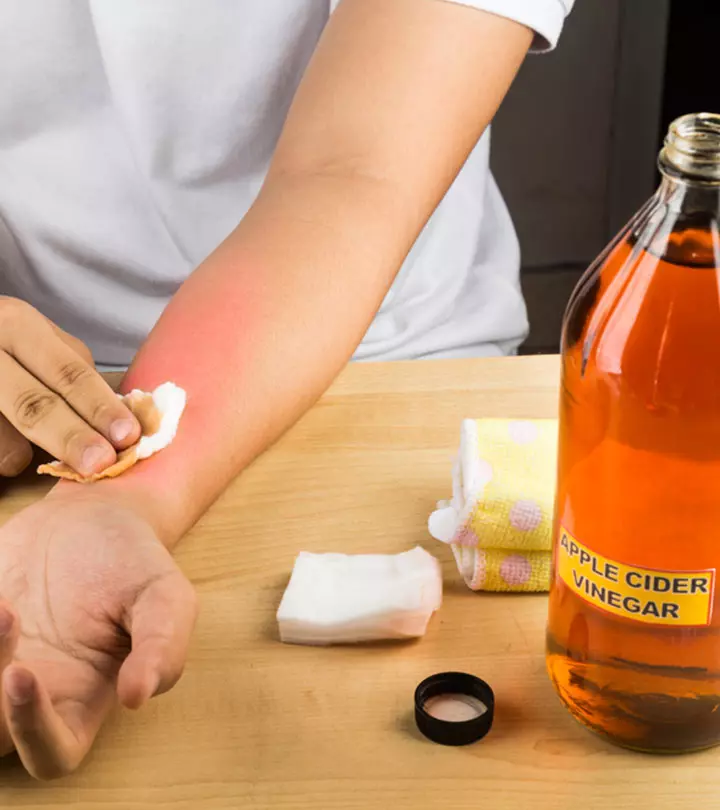

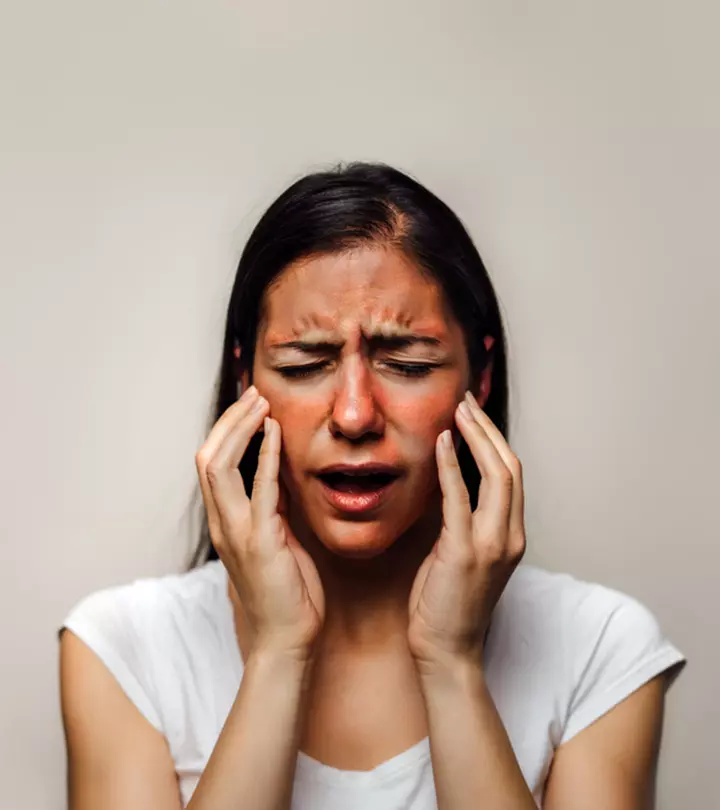
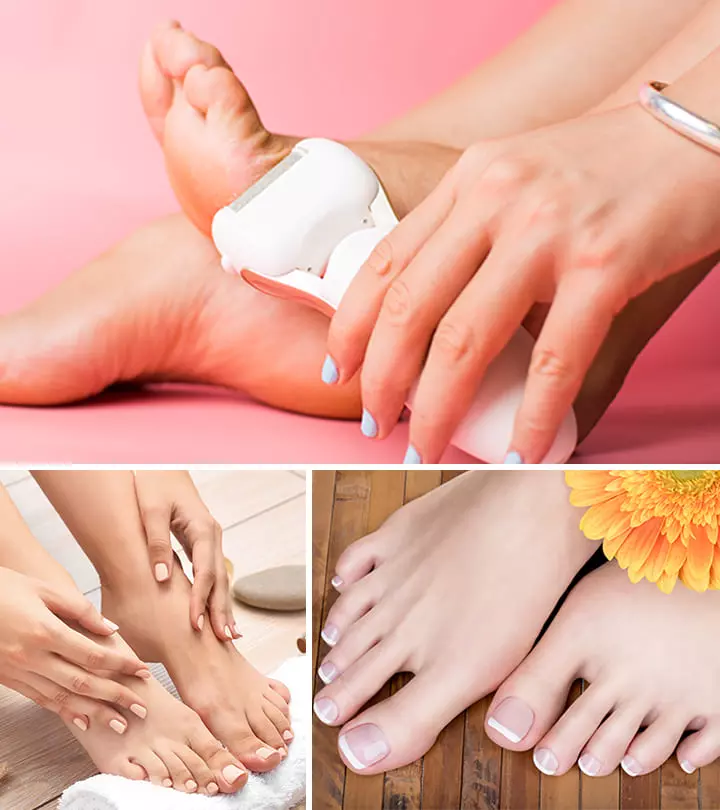
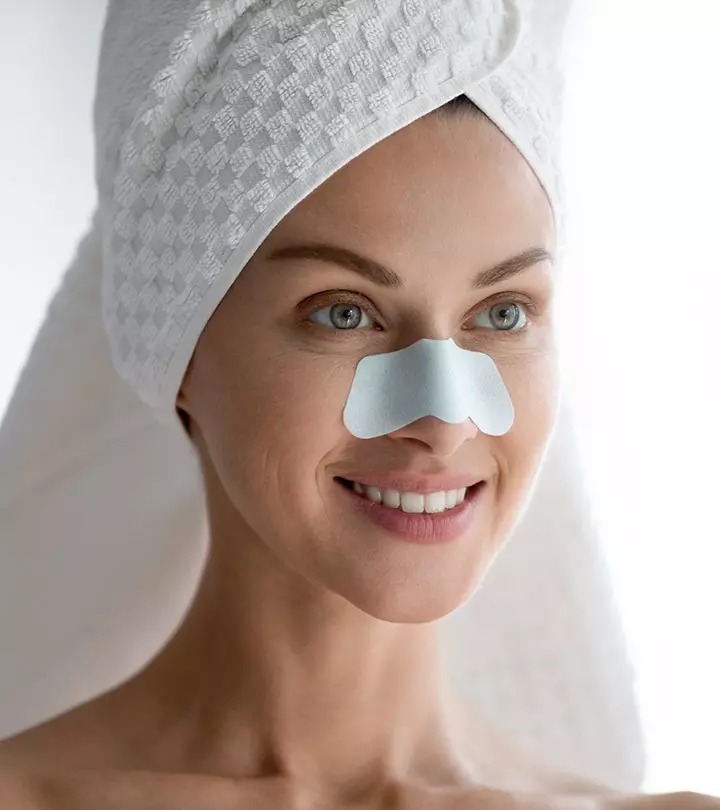
Community Experiences
Join the conversation and become a part of our empowering community! Share your stories, experiences, and insights to connect with other beauty, lifestyle, and health enthusiasts.